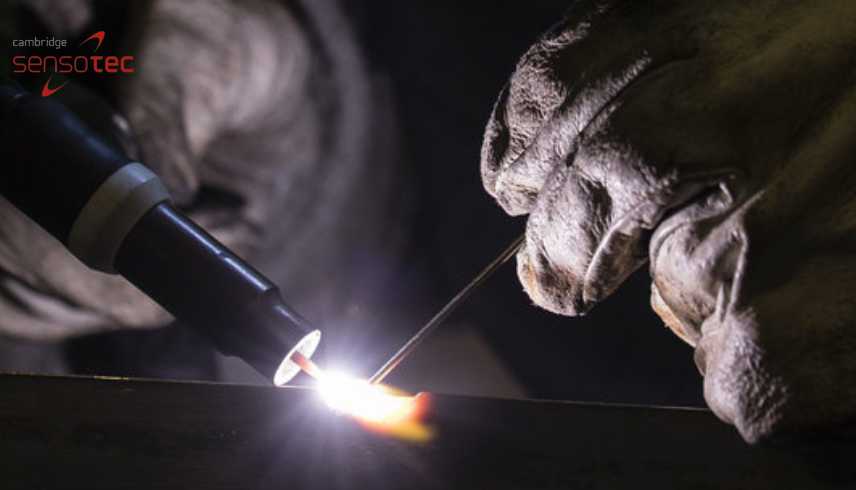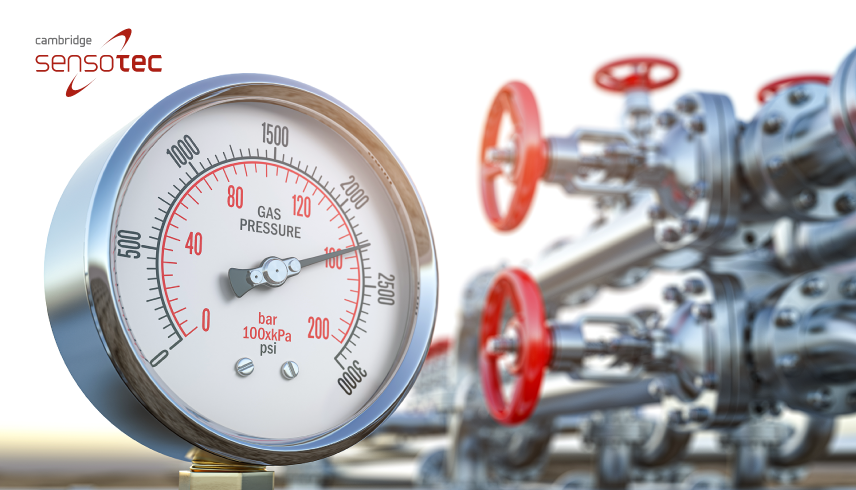
Troubleshooting: Rapidox 7100
You must prevent water condensing inside the Rapidox as this will eventually damage the sensors. Use a moisture filter or water trap on the gas sample probe if you are working with water-saturated gases (e.g. biogas). Remember that humidity will affect the partial pressures of the other gases to a small degree and their readings will be slightly lower because of this. Please contact Cambridge Sensotec for further advice.
If you are inputting gas to the Rapidox under pressure (e.g. from a gas bottle), then you are able to switch the pump off. The gas will flow under pressure through the pump even when it is turned off.
Rapidox gas analysers are fitted with a state-of-the-art piezoelectric pump that are designed to last many years. Compared to diaphragm pumps, these do not contain parts that are liable to wear. In some gases such as pure methane or SF6, the pitch of the pump can change tune because of the density of the gas changing. This is nothing to be concerned about.
If you are using fresh air to zero the CO2 sensor, then set the zero gas value to 0.04% because there is 0.04% CO2 present in fresh outdoor air. When inside a building it will be considerably higher than this. If you are using a gas bottle (e.g. nitrogen or ‘zero-air’) then set the zero gas value to 0.0%.
Check that the calibration gas value on the bottle matches the value you have programmed into the Rapidox. If they are different then the Rapidox will get a signal that it is not expecting and try to warn you with this message. Check that you are not trying to calibrate the sensor ‘backwards’ by applying span gas when you are setting the zero point.
It may be that remote diagnostics are able to define possible issues. This service is available through TeamViewer. Please contact Cambridge Sensotec for further advice.
Such messages are displayed if the reading goes above 102% or below 0%. A bad calibration usually causes this or if the gas is being forced into the Rapidox under excessive pressure. Try recalibrating the sensor in question, making sure that the correct flow and pressure rates are being used, as specified within the instruction manual. If this fails, then restore the Rapidox back to its original factory setting. Please contact Cambridge Sensotec for further advice.
Infra-red sensors require time to stabilise before they can give readings. The Rapidox waits for an internal signal coming from the sensor to say that it is ready before displaying readings. This should take approximately sixty seconds to complete. If the “Wait” message does not clear at all, then please contact Cambridge Sensotec for further advice.
Return the Rapidox to the factory defaults using the keypad or communications software. Refer to the instruction manual for further details.
If the room air is very humid, it will affect the observed measurement, or the sensor may have drifted slightly because of natural ageing. If you are using air as a calibration point then simply recalibrate in the air to compensate for this.
If the Rapidox fails to power up, please check that the fuses have not blown. There are standard 20mm 2A slow blow fuses located in the power socket on both live and neutral lines. Replacement fuses are available from various electrical component suppliers. Please contact Cambridge Sensotec for further advice.



